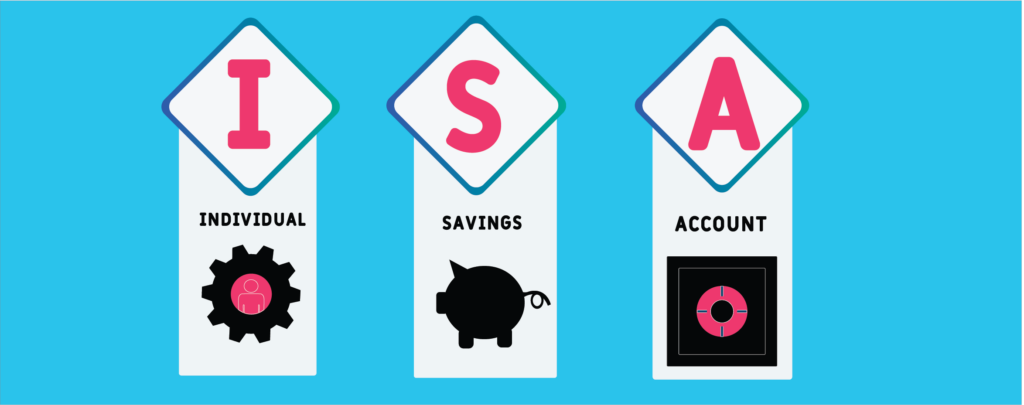
How to transfer an ISA?
The ISA transfer is quite simple; however, some rules have to be followed to ensure that your money doesn’t lose the tax-free status. Let’s learn about what an ISA transfer is and the things you must consider before transferring.
What is an ISA transfer and how it works?
With an ISA transfer, you can transfer your funds from your existing ISA provider to a new one without compromising the tax-free status for your money. If you transfer your ISA money by withdrawing it first and then resubscribing, it will be a new subscription, and you will lose the tax-free status.
For instance, if you subscribe £4,000 into a cash ISA in 2021/2022 and have not subscribed to any other ISA, then if you were to transfer this money into an Innovative Finance ISA, it will not count towards your annual ISA allowance again, and you would still have £16,000 from your annual allowance of £20,000.
So, the process of ISA transfer can be helpful in maximising the ISA returns. Typically, you can transfer an ISA to a different product in the ISA family or to a different provider.
Things to consider before transferring ISA
You are free to transfer your ISA as many times as you want
The rule for an ISA is that you can only invest in one of each ISA type each tax year. But you can transfer your ISA as many times as you like. Technically transfers don’t count as paying into an ISA. So, if you find a better interest rate somewhere else, you can transfer your ISA. If you have a notice or fixed cash ISA, you’ll need to check whether transferring out your ISA will incur a penalty. Also, it’s worth noting that you can transfer your ISA savings from the previous year to a better account, and you can open a new one for the existing tax year simultaneously.
You can transfer money from one ISA type to another if the provider accepts transfer ins.
Money subscribed to a cash ISA can be transferred to another cash ISA account or into a stocks & shares ISA, and similarly, funds in stocks & shares can be transferred to a cash ISA. You can also do the same with IFISAs and Lifetime ISAs, but the procedure might be complex due to the specific rules of these ISAs.
Don’t withdraw your funds, or you will lose the tax-free status.
Never withdraw money from your ISA to reinvest into another ISA. The key is to transfer the ISA. Withdrawing money instead of transferring means you will lose the tax-free wrapper. If you have several years’ worth of savings in a cash ISA, you cannot put it all into a new ISA because of the annual limit. You MUST transfer the ISA account itself or the money in it, or you are effectively starting over.
Transfer the amount you want to – there is no limit.
You can transfer all the money in your current year’s account, or you can transfer a part of your previous year’s funds to a new ISA account. The usual pay-in limit does not govern the ISA transfers. So, it is up to you to transfer the whole amount or a part of it. Remember that not all ISA providers allow partial transfers, so make sure you check with your provider.
- A cash ISA transfer is an easy process
The ISA transfer process is simple. Once you have done your research and found a better interest rate, make sure the provider allows transfers. All you have to do is open the new ISA account and complete the transfer form with the new provider. After that, it is all in the hands of the providers. They are responsible for completing the whole transfer process.
Why should you try ISA transfer?
You should try an ISA transfer for the following reasons:
- To get better interest rate and returns
- To gather your funds for easy management
- To diversify into different ISA types to spread the risk
What happens to an ISA if I move from the UK
Pertaining to applying for a Kuflink IF-ISA, you must confirm that you are a resident in the United Kingdom for tax purposes or, if not so resident, either perform duties which, by virtue of Section 28 of Income Tax (Earnings & Pensions) Act 2003 (Crown employees serving overseas), are treated as being performed in the United Kingdom, or you are married to or in a civil partnership with a person who performs such duties. You must inform Kuflink if you cease to be so resident or to perform such duties or be married to, or in a civil partnership with, a person who performs such duties.
If you are no longer a resident of the UK for TAX purposes, you can no longer add any further money to your IF-ISA or open a new IF-ISA.
However, you can keep your existing IF-ISA’s open and will still get UK tax relief on money and investments held in it. You can transfer an IF-ISA to another provider even if you are not a resident in the UK. You can pay into the Kuflink IF-ISA again when you return and become a UK resident.
When you are no longer a resident, then you may be subject to the tax regime of the country you are now resident in and may have to pay tax on UK ISA’s. Please seek independent financial advice.
* Capital is at risk and Kuflink is not protected by the FSCS. Past returns should not be used as a guide to future performance. Securing investments against UK property does not guarantee that your investments will be repaid and returns may be delayed. Tax rules apply to IF ISAs and SIPPs and may be subject to change. Kuflink does not offer any financial or tax advice in relation to the investment opportunities that it promotes. Please read our risk statement for full details.













